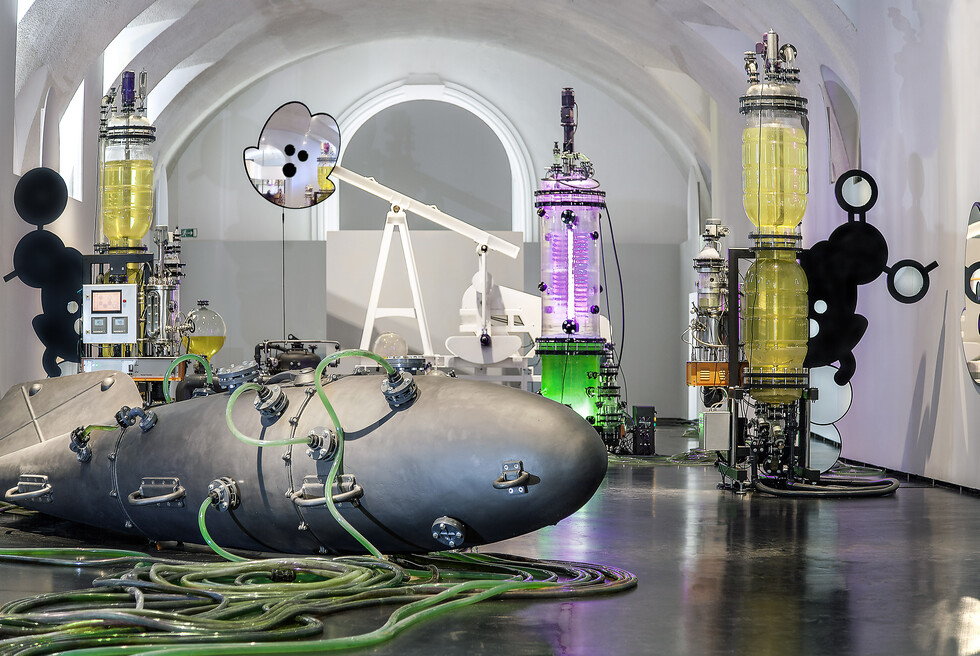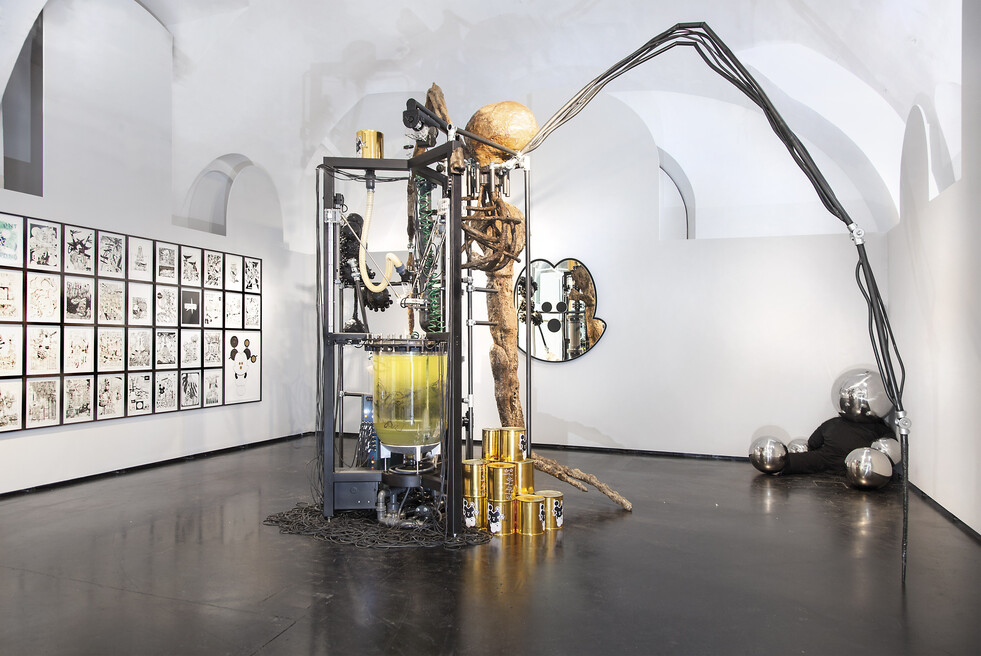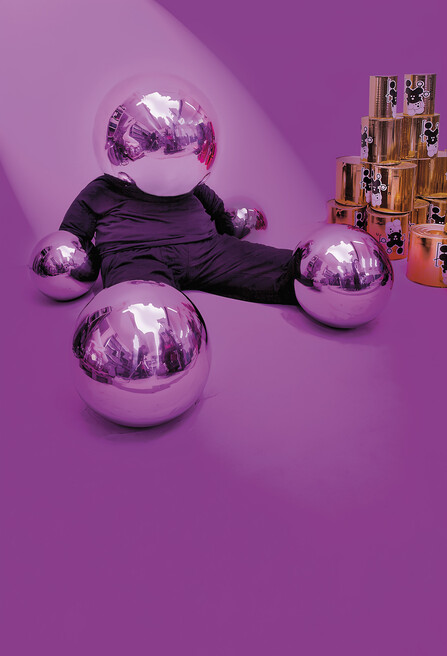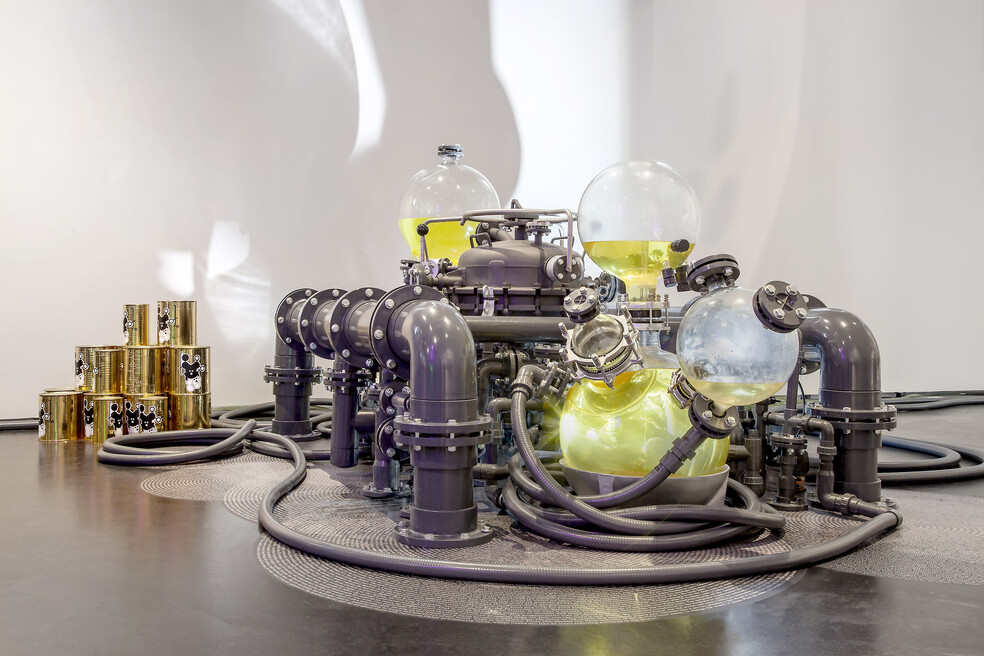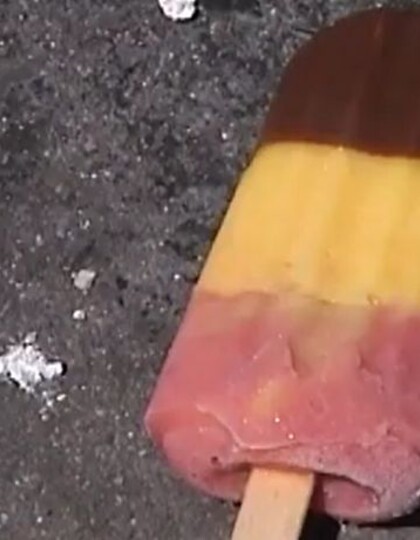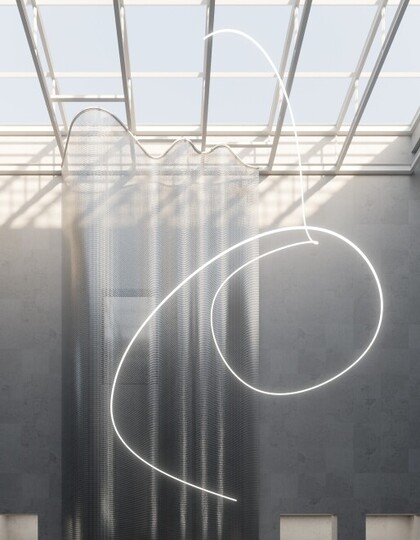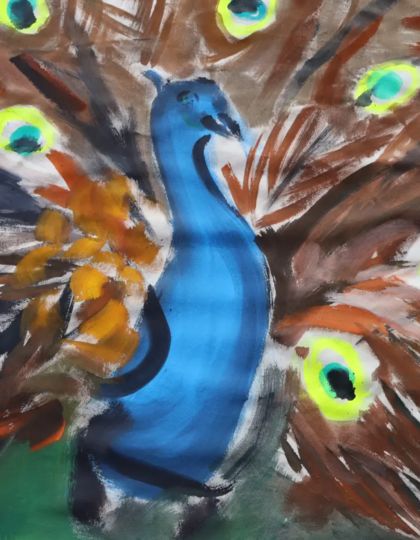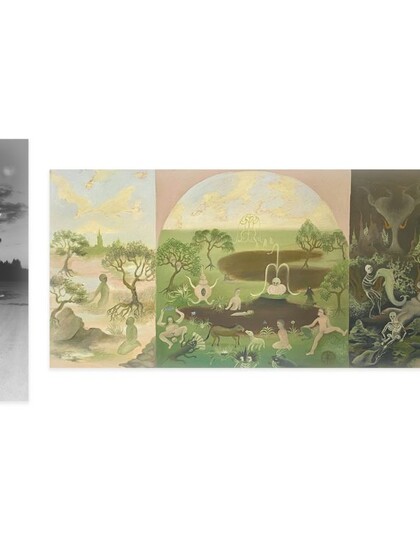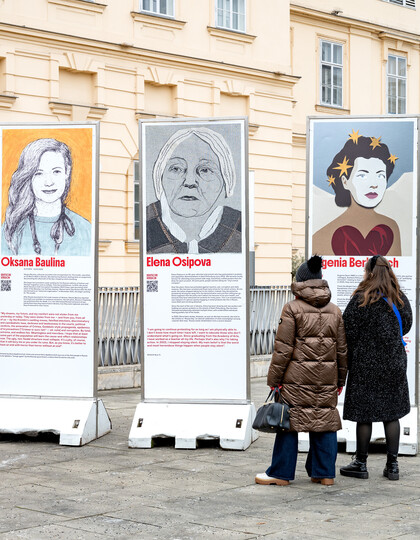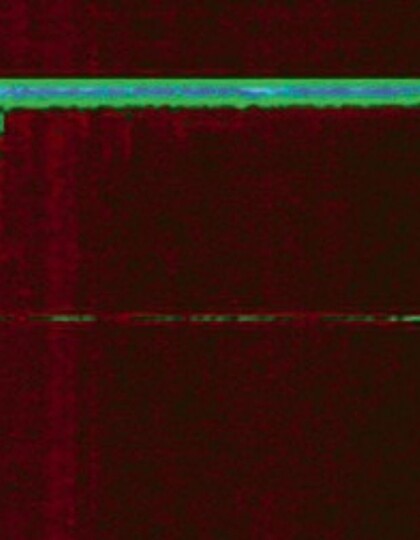18.09.2025 to 01.02.2026 - MQ Freiraum
METABOLICA – Thomas Feuerstein
ART
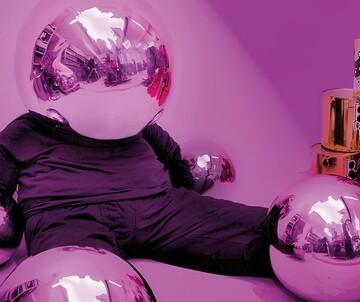
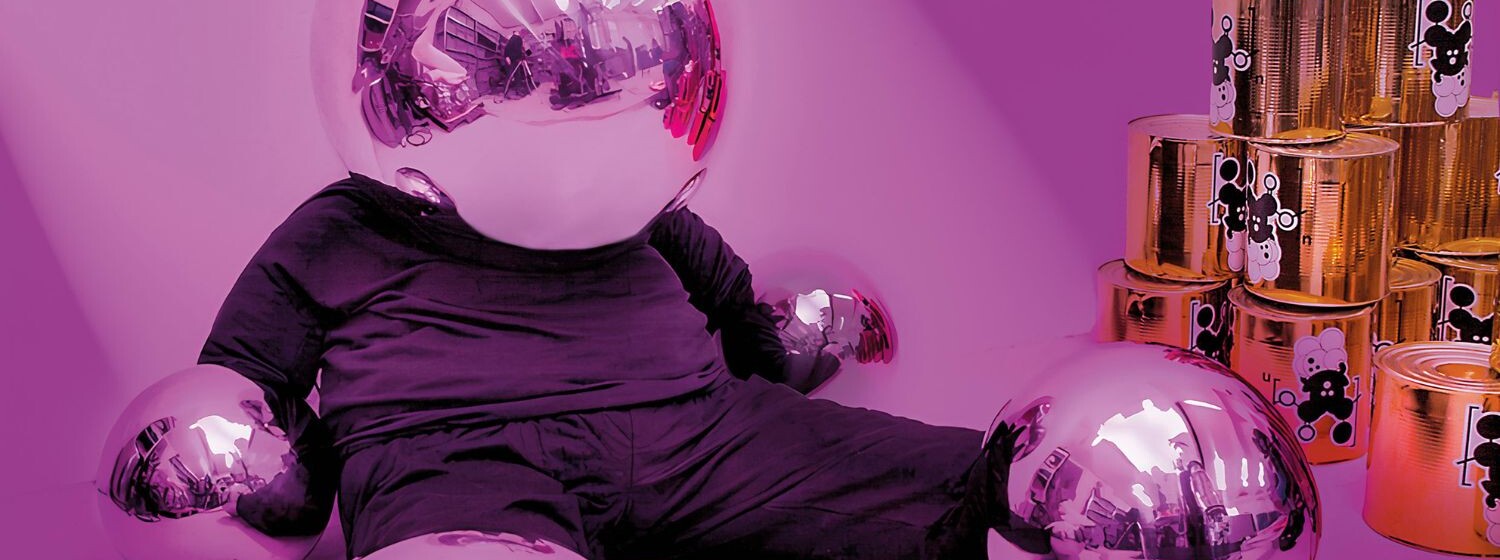
METABOLICA
Thomas Feuerstein
18. September 2025 – 1. February 2026
MQ Freiraum
METABOLICA tells a story about the cycles of life that affect nature, the economy, politics, art and science. The complex of works that Thomas Feuerstein has been working on since 2017 is being presented in its entirety for the first time at MQ Freiraum.
With METABOLICA, Thomas Feuerstein invites us into a world that illuminates the processes of life and metabolism - from the industrial revolution to current and future developments, from the whaling industry to petrochemistry and utopian visions of biochemistry. In his work, scientific methods become an artistic practice and a new aesthetic. Living organisms such as algae and bacteria become collaborators, creating both new materials and narrative levels with their metabolic processes. Feuerstein transforms the MQ Freiraum into a molecular factory that combines apparatus installations, visual works and literary elements into a multi-layered ensemble.
The five chapters of the work cycle METABOLICA lead through various stages of artistic and biological transformations. It begins with MOBY DICK, where algae are cultivated in a large sculpture called HYDRA - a hybrid structure reminiscent of a whale, a submarine and a photobioreactor. The algae (Chlorella vulgaris) produce fatty acids, the formation of which is promoted by special nitrogen cycles and a converted oil pump, also called MOBY DICK.
In the second chapter, MRS & MR MOL, bacteria such as Cupriavidus necator play a central role. They metabolize the fatty acids of the algae in a bioreactor and convert them into PHB (polyhydroxybutyrate), a bioplastic material that serves as the basis for the next artistic steps.
REFINERY, the third chapter, is dedicated to the extraction of PHB from the bacterial biomass. In the fourth chapter, the extracted PHB is fed into the 3D printing machine ANACLE. The sculptures printed with this process grow like stalagmites, developing (unfinished) forms that refer to modern and contemporary sculpture as well as to industrial and technological contexts.
The fifth chapter, WHOLE DEARTH CATALOG & GOOD ROTTEN GOODS, refers to the legendary Whole Earth Catalog, a counterculture magazine published by Stewart Brand between 1968 and 1972, and opens up a reflection on the shift from resource scarcity to a visionary, circular economy. Here, PHB sculptures such as CRAWLER or FINNEGANS WHALE are not only created, but also partially decomposed by bacteria in order to return them to the cycle. The connection between art, science and sustainability becomes tangible.
With METABOLICA, Thomas Feuerstein questions the connections between resource consumption, sustainability and artistic creation. Art is not understood here as a finished product, but as part of an intellectual, emotional and political transformation process that goes far beyond symbolic and iconic representations. The exhibition opens up new perspectives on the pressing issues of our time and impressively demonstrates how art and science can work together.
Curator: Verena Kaspar-Eisert
Photo: © Atelier Feuerstein, Courtesy: Galerie Elisabeth & Klaus Thoman Innsbruck / Wien, Bildrecht Wien, 2025

